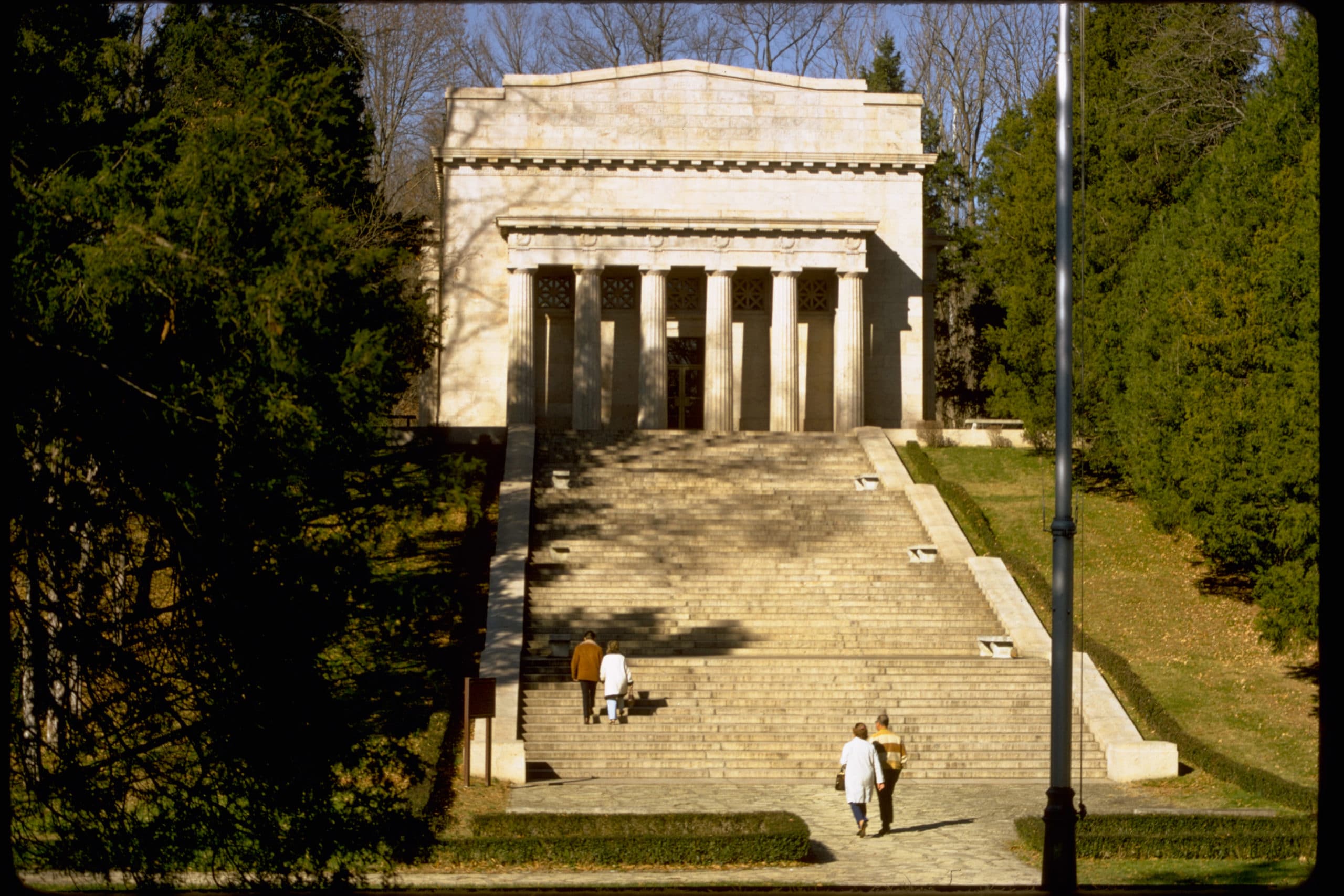
Article Summary: Historic Sites In Kentucky
Historic Sites In Kentucky. More Than Just Parks has 10 incredible must-see sites for you to visit.
I’ve been to so many of these amazing places since retiring from teaching in 2018. Did I mention that I taught history? I spent a lifetime teaching about the history behind these momentous sites. Then I got to see them firsthand. And now I’m sharing the stories of these incredible places with you. It doesn’t get any better than that!
I’m going to give you my list of the Top 10 Historic Sites In Kentucky that you’ll want to see.
To be clear, this list includes national park sites (as in sites managed by the National Park Service) as opposed to national parks. It also includes sites not managed by the National Park Service. After all, we’re more than just parks!
If you are planning a trip to Iowa then you might want to pick up a copy of Kentucky Bucket List Adventure Guide: Explore 100 Offbeat Destinations You Must Visit! It’s written by Paul Mckee.
Without further ado, let’s dive in!
Top 10 Historic Sites In Kentucky
10. Historic Churchill Downs
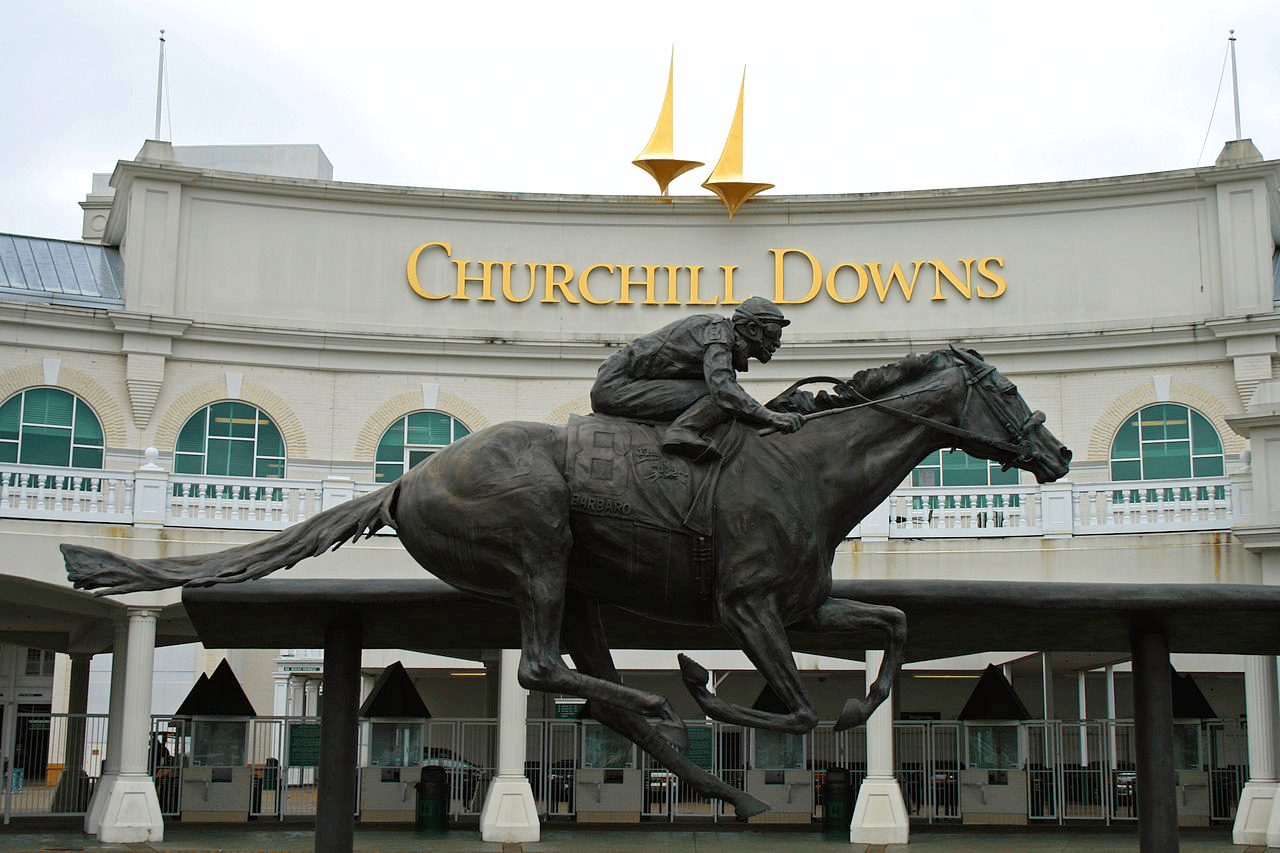
Kentucky is also known for its culture, which includes horse racing, bourbon, moonshine, coal, My Old Kentucky Home State Park, automobile manufacturing, tobacco, bluegrass music, college basketball, Louisville Slugger baseball bats, Kentucky Fried Chicken, and the Kentucky colonel.
It’s also home to some amazing historic sites. More Than Just Parks is giving you our list of the Top 10 Historic Sites In Kentucky. We’re beginning at #10 with Churchill Downs.
Churchill Downs is a historic thoroughbred racetrack located in Louisville, Kentucky, which is best known as the home of the Kentucky Derby, one of the most prestigious horse races in the world.
The Kentucky Derby
The Kentucky Derby is one of the most famous horse races in the world, and it has a rich and storied history that dates back to the late 19th century.
The first Kentucky Derby was held on May 17, 1875, at Churchill Downs in Louisville, Kentucky. The race was the idea of Meriwether Lewis Clark Jr., who was inspired by the Epsom Derby in England. The inaugural race was a huge success, with over 10,000 spectators in attendance.
The first winner of the Kentucky Derby was a horse named Aristides, who was ridden by jockey Oliver Lewis. Aristides won the race in a time of 2:37.75 and earned a prize of $2,850. Since then, the Kentucky Derby has become one of the most prestigious horse races in the world, with a purse of over $3 million.
An Event Which Has Seen Many Memorable Moments & Legendary Horses
Over the years, the Kentucky Derby has seen many memorable moments and legendary horses. In 1915, a horse named Regret became the first filly to win the race, and in 1919, Sir Barton became the first horse to win the Triple Crown (the Kentucky Derby, the Preakness Stakes, and the Belmont Stakes) in the same year.
The Kentucky Derby has also been the site of controversy, such as in 1968 when Dancer’s Image was disqualified after a post-race drug test revealed the presence of a banned substance. In 2019, Maximum Security was disqualified after crossing the finish line first due to interference.
Throughout its history, the Kentucky Derby has remained an important cultural event in the United States, attracting celebrities and high society to Louisville for the race. The traditional mint julep cocktail is closely associated with the race, and the wearing of elaborate hats is a popular tradition among female spectators.
Today, the Kentucky Derby remains one of the most popular horse races in the world, and it continues to draw large crowds to Churchill Downs every year on the first Saturday in May.
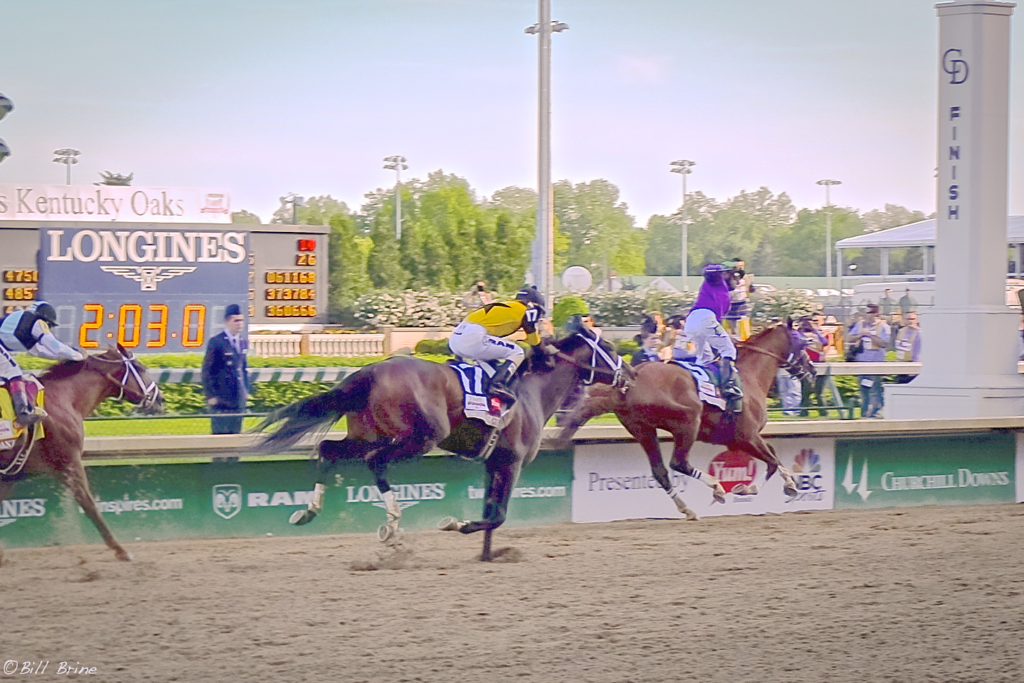
Churchill Downs
The history of Churchill Downs dates back to the late 19th century, when Colonel M. Lewis Clark Jr., the grandson of the famous explorer William Clark, founded the racetrack in 1875.
The first race held at Churchill Downs was the Kentucky Derby, which quickly became the most famous and prestigious horse race in the world. The Kentucky Derby has been run every year since 1875, with the exception of a few years during World War I and World War II.
Over the years, Churchill Downs has become an iconic symbol of American horse racing and sports culture. The racetrack has been the site of many historic races, including the famous match race between Seabiscuit and War Admiral in 1938, and the Triple Crown victories of Secretariat in 1973 and American Pharoah in 2015.
In addition to horse racing, Churchill Downs has also been a major cultural and social hub, hosting a range of events and activities, including concerts, festivals, and charity fundraisers.
Today, Churchill Downs is one of the most popular and beloved sports venues in the United States, attracting millions of visitors each year from around the world.
The Kentucky Derby remains one of the most highly anticipated and celebrated events in American sports, and Churchill Downs continues to be a cultural icon and a symbol of the rich history and traditions of American horse racing.
Attractions At Churchill Downs
There are several attractions to see at Churchill Downs:
- The Racetrack: Visitors can take a tour of the historic racetrack, see the paddock area, and watch live horse races from various viewing areas.
- The Kentucky Derby Museum: This museum showcases the history of the Kentucky Derby and includes interactive exhibits, artifacts, and multimedia displays.
- The Twin Spires: These iconic spires are the most recognizable feature of Churchill Downs and offer panoramic views of the racetrack and surrounding area.
- The Winners’ Circle: Visitors can take a picture at the Winners’ Circle, where horses and their jockeys are awarded after a race.
- The Jockey Silks Room: This room displays the colorful and distinctive riding attire worn by jockeys during races.
- The Horse Barns: Visitors can take a behind-the-scenes tour of the horse barns and see the horses being groomed, exercised, and prepared for races.
- The Kentucky Derby Festival: During the Kentucky Derby, Churchill Downs is the center of a two-week festival that includes various events and activities, such as a balloon race, a parade, and a marathon.
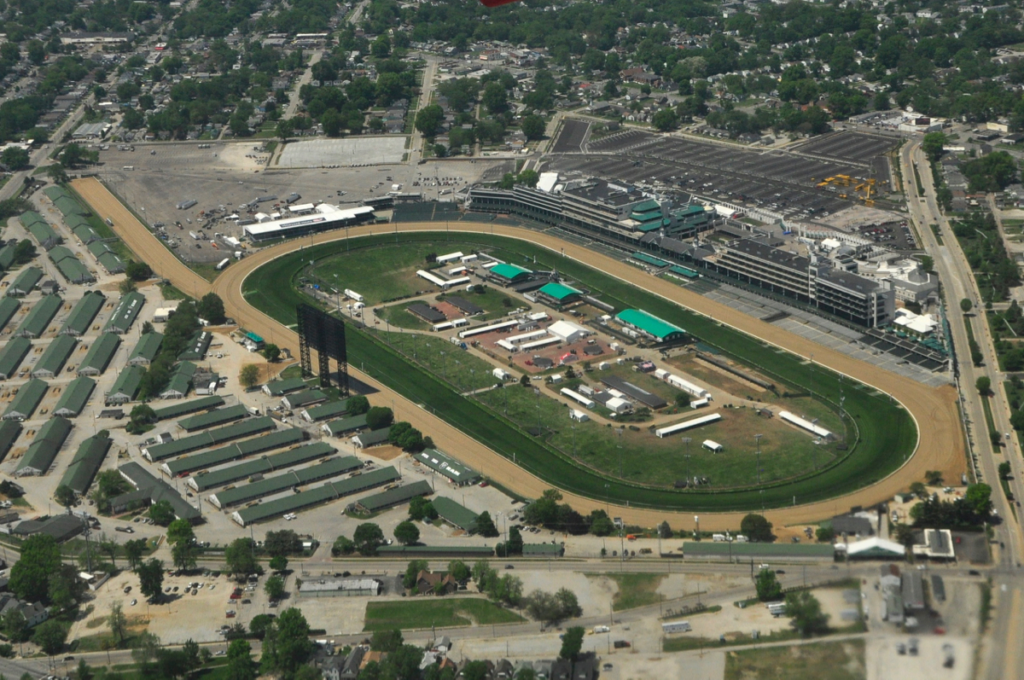
9. Jefferson Davis Monument

We move from one of the most celebrated racetracks in the world to a site which honors the first (and only) President of the Confederate States of America. At #9 on our list of the Best Historic Sites In Kentucky is the Jefferson Davis Memorial.
The Jefferson Davis Monument is located in Fairview, Kentucky, that was built in honor of Jefferson Davis, the President of the Confederate States of America during the American Civil War.
It was first proposed in the late 19th century by the United Daughters of the Confederacy, who wanted to create a lasting tribute to Davis and the Confederate cause.
The monument was designed by Gustav Adolph Kensbock, a German-born sculptor, and was completed in 1924.
The monument stands over 351 feet tall, making it one of the tallest monuments in the world. It is made of concrete and reinforced steel and features an ornate base with multiple tiers, topped by a large statue of Jefferson Davis.
The Subject Of Controversy
Over the years, the Jefferson Davis Monument has been the subject of controversy due to its association with the Confederacy and the divisive legacy of the Civil War. Some people argue that the monument glorifies slavery and racism, while others argue that it is an important historical artifact that should be preserved.
In recent years, there have been calls to remove or alter the monument, with some advocates arguing that it is a symbol of hate and oppression. In 2020, the Jefferson Davis Monument was listed on the National Register of Historic Places, which means that it is recognized as an important part of American history and culture.
Today, the Jefferson Davis Monument continues to stand as a controversial and divisive symbol of the legacy of the Civil War and the ongoing struggle for civil rights and social justice in the United States.
8. Old State House in Frankfort
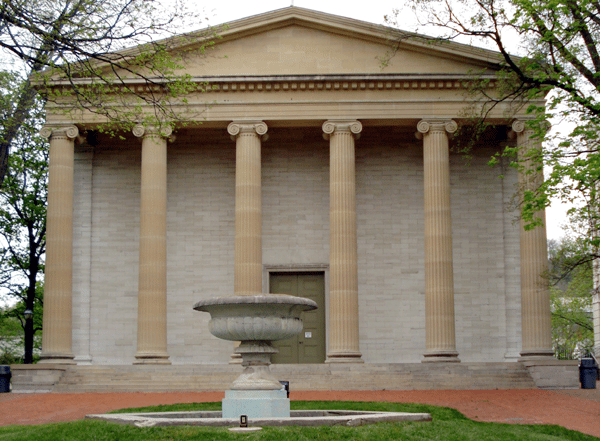
Kentucky is a state with a rich history and our next site reflects that history. It is a historic building that was built in 1827 and served as the state’s capital building from 1830 to 1910. At #8 on our list of the Best Historic Sites In Kentucky is the Old Statehouse.
It was designed by Gideon Shryock in the Greek Revival style, which was popular at the time. Shryock’s choice of the Greek style was intended to create a symbolic link between the ancient Greeks and Kentucky’s young democratic government, as it was modeled after the Temple of Minerva Polias at Priene.
The building is significant for its architectural style and historical importance, as it was the center of government for the state for over 80 years.
It is a popular destination for history buffs and architecture enthusiasts, and it provides a glimpse into the early history of Kentucky and the political and cultural influences of the time.
7. Ashland, Henry Clay’s Home
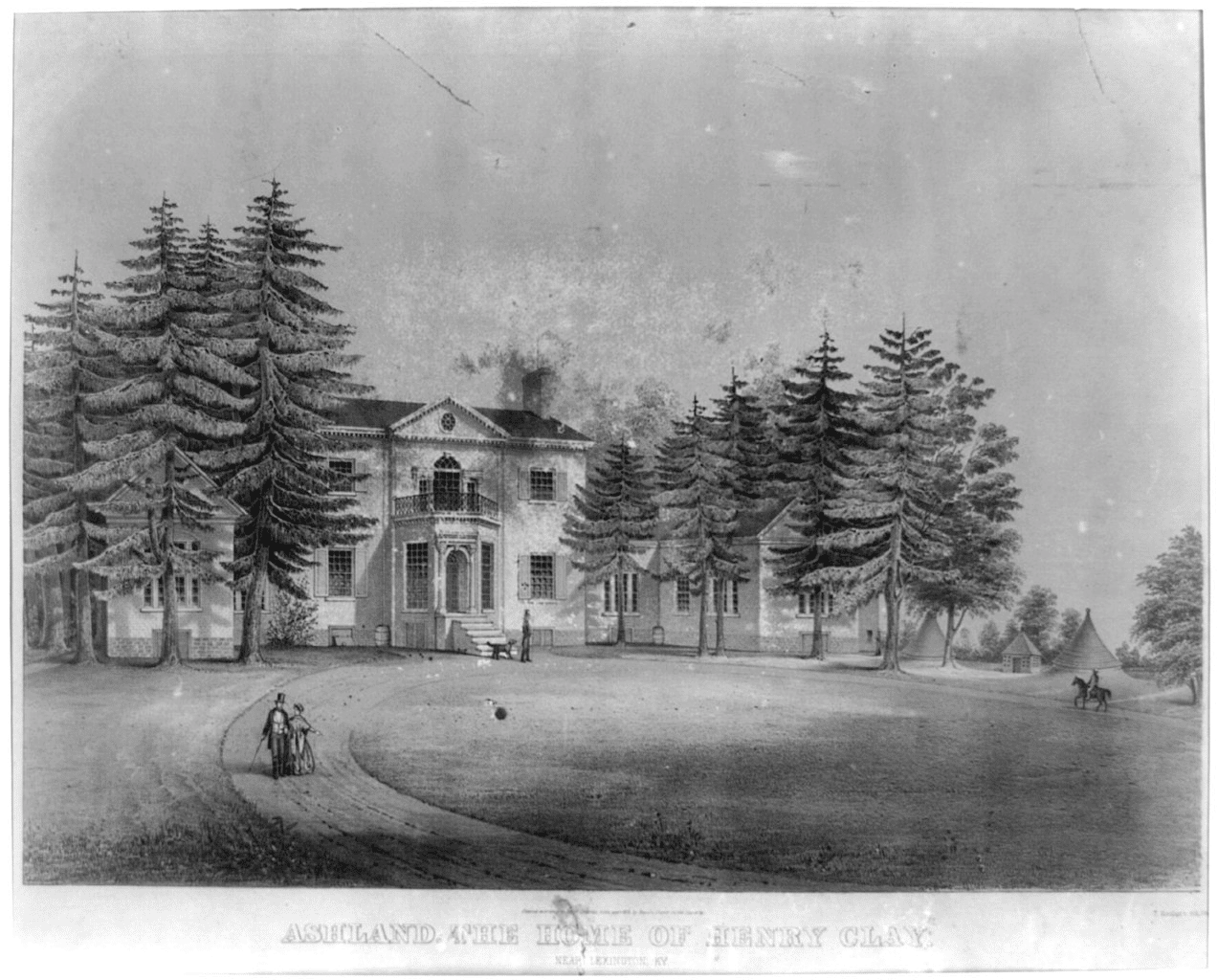
In an era when political compromise has become next to impossible, our next site celebrates a politician who was considered one of the greatest compromisers of his or any age.
At #7 on our list of the Best Historic Sites In Kentucky is Ashland, the home of Henry Clay.
Henry Clay
Henry Clay (1777-1852) was an American statesman and politician who served as Speaker of the United States House of Representatives, United States Senator, and Secretary of State. He was known as the “Great Compromiser” for his ability to negotiate and broker deals between opposing factions in the United States government.
Clay was born in Virginia and grew up in Kentucky, where he established a successful law practice. He was first elected to the United States House of Representatives in 1810, where he quickly rose to prominence as a leader of the Whig Party.
During his political career, Clay was instrumental in shaping many important policies and legislation, including the Missouri Compromise of 1820, which temporarily resolved the issue of slavery in the western United States. He also played a key role in the creation of the Compromise of 1850, which attempted to defuse tensions between free and slave states.
He Ran For President Several Times, But Never Won
In addition to his work in Congress, Clay ran for President of the United States several times, but was never successful in winning the office. He was appointed Secretary of State by President John Quincy Adams in 1825 and served in that role for four years.
Clay was known for his oratory skills and his strong beliefs in protectionism, internal improvements, and a strong national government.
He was also an advocate for the American System, which called for a tariff to protect American industries, a national bank to control inflation and provide credit, and internal improvements such as roads and canals to facilitate commerce.
Henry Clay’s contributions to American politics and governance were significant, and his legacy continues to be felt today. His influence on American political and economic policy helped to shape the course of the nation during a critical period of its history.
Ashland
Ashland is the historic home of Henry Clay. The land for the estate was purchased in 1804 and the house was completed by 1809. The estate was named after the ash forest that surrounded the plantation grounds. The home is an impressive example of Federal architecture, and has been well-preserved over the years.
Visitors to Ashland can tour the house and grounds, which are filled with artifacts and memorabilia from Clay’s life and career. The house features many original furnishings, including family heirlooms and items that were used by Clay himself.
The estate also includes a museum, which offers a more in-depth look at Clay’s life and legacy, as well as the history of the estate and the surrounding area.
Ashland is an important historical site that offers a glimpse into the life of one of America’s most influential political figures, as well as the history of the antebellum South. It is a popular destination for history buffs and those interested in the life of Henry Clay.

6. Dr. Ephraim McDowell House in Danville
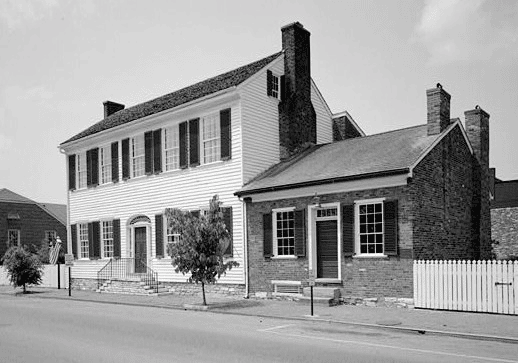
We move from a legendary politician to a pioneering physician. At #6 on our list of the Best Historic Sites In Kentucky is the Dr. Ephraim McDowell House in Danville.
McDowell was known for performing the first successful ovariotomy, a surgical procedure to remove a tumor from the ovary, in the United States.
In 1809, he performed the surgery on Jane Todd Crawford, who had a 22.5-pound tumor, without the use of anesthetic. The successful surgery was considered a medical miracle at the time and it established Dr. McDowell’s reputation as a skilled and innovative surgeon.
The Dr. Ephraim McDowell House is the site of this historic surgery and it is now open to the public as a house museum.
Visitors can tour the house and learn about Dr. McDowell’s life, his medical achievements, and the history of medicine in the early 19th century.
The house is filled with period furnishings and artifacts, including medical instruments used by Dr. McDowell. It is a unique and interesting destination that offers insight into the life of an important figure in American medical history.
The Top 5 Historic Sites In Kentucky
5. Belle Of Louisville
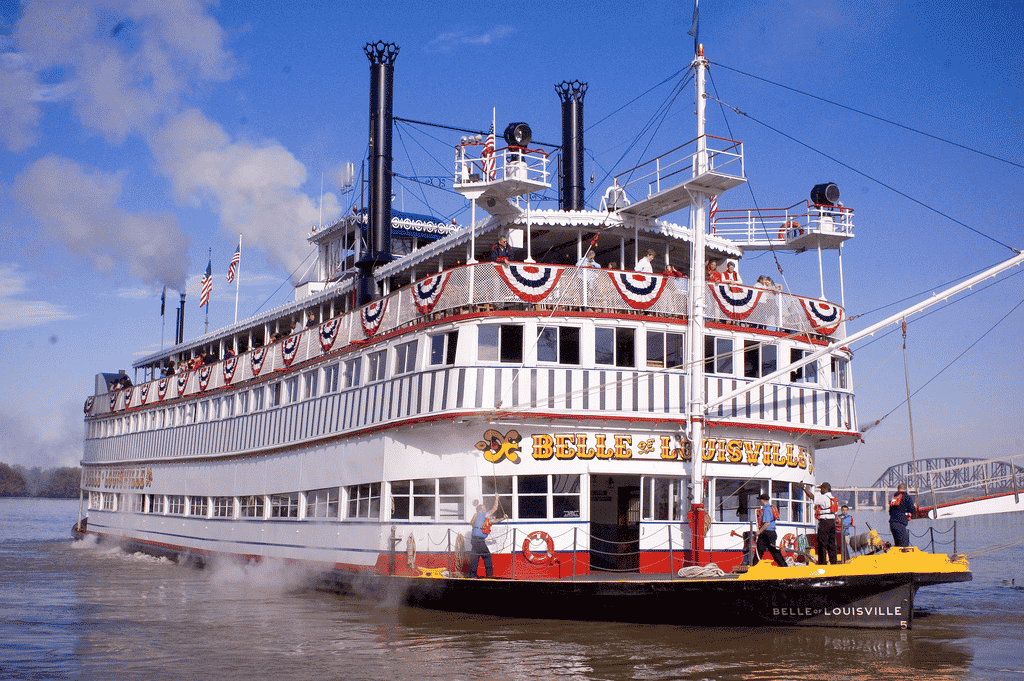
We’re on to the Top 5 Historic Sites In Kentucky. At #5 is a historic steamboat that was built in 1914 by James Rees and Sons in Pittsburgh, Pennsylvania. It’s the Belle Of Louisville.
The Belle of Louisville was named Idlewild and owned by the West Memphis Packet Company. In 1962, she was acquired by the city of Louisville, Kentucky, and renamed the Belle of Louisville.
The Belle of Louisville is now considered a National Historic Landmark and is one of the oldest active steamboats in the United States. It is part of the annual Great Steamboat Race as part of the Kentucky Derby Festival, and is said to hold the record in her class for years in operation and river miles traveled.
The boat offers sightseeing tours, dinner cruises, and special events on the Ohio River, giving visitors the opportunity to experience the beauty of the river and the thrill of riding on an authentic steamboat.
The Belle of Louisville is a iconic and historic attraction that offers a unique way to experience the city of Louisville and the beautiful Ohio River.
4. Mill Springs Battlefield National Monument
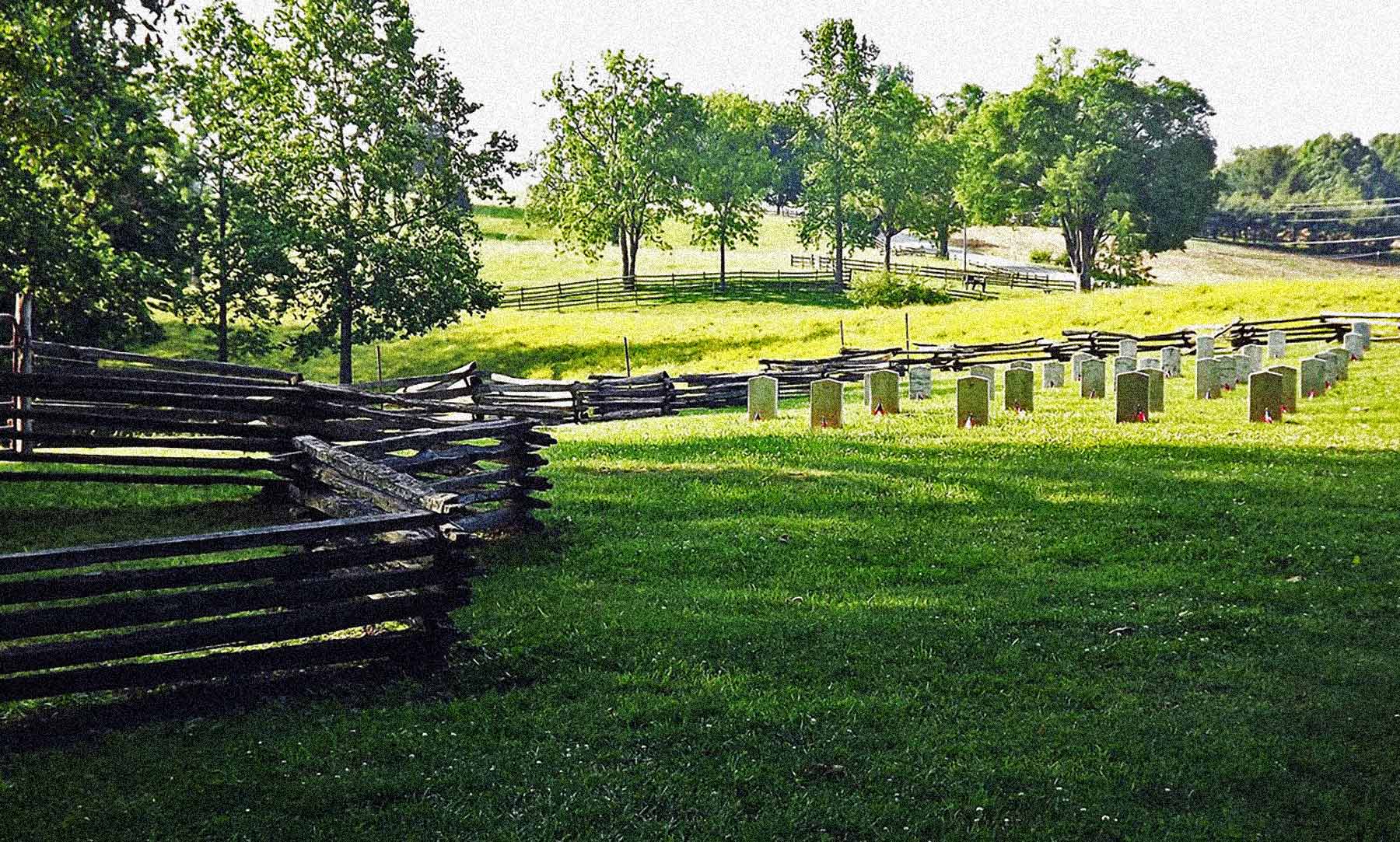
It’s on to the “Final Four” sites and these sites are amazing. At #4 we have the site of an important Civil War battle, which provided the Union with an early and much-needed victory. Welcome to Mill Springs Battlefield National Monument.
The Battle of Mill Springs was a Union victory early in the Civil War. The battle took place on January 19, 1862.
Confederate General Felix K. Zollicoffer was killed when he mistakenly approached a Union officer thinking it was one of his own men.
The death of the their commander coupled with intense Union volleys of gunfire quickly demoralized the Confederate forces. They subsequently retreated into Tennessee.
The Union victory led to the total collapse of the eastern sector of the Confederate defensive line established to defend the Upper South. This, in turn, helped to solidify the Union’s control of what was a pivotal border state in the conflict.
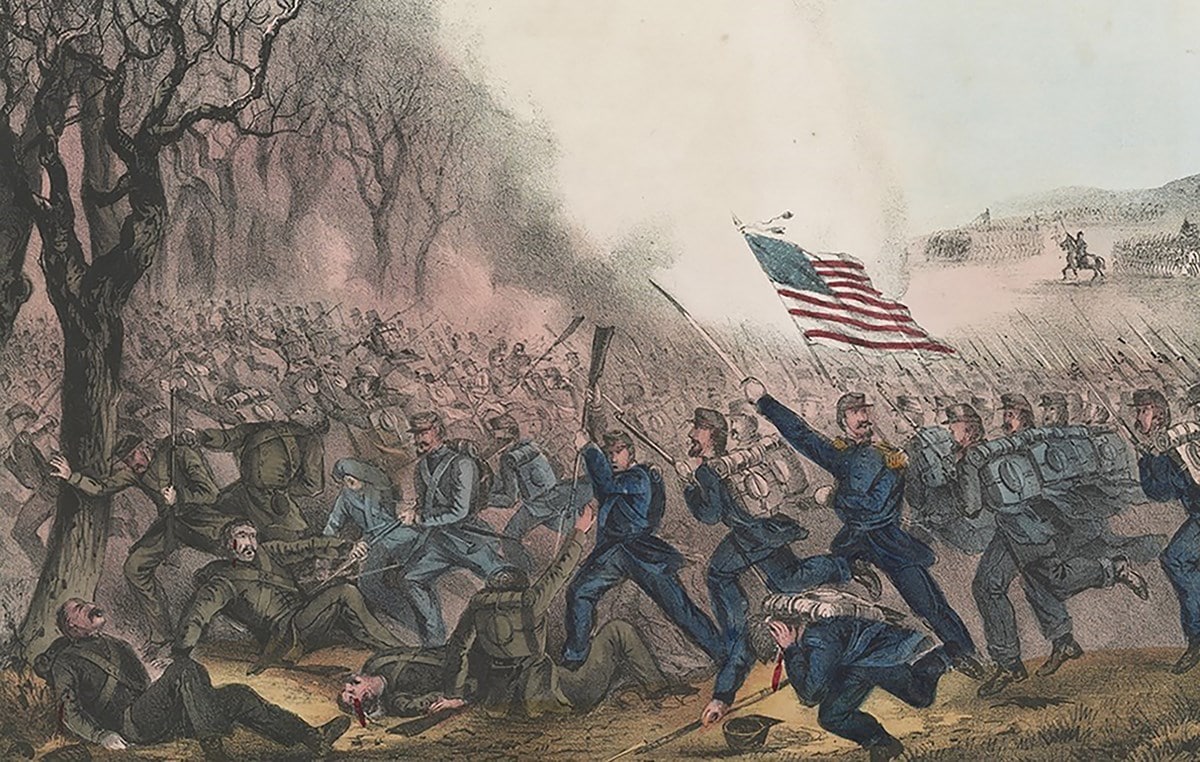
“I hope to have god on my side, but I must have Kentucky.”
-President abraham lincoln
Things To Do At Mill Spring
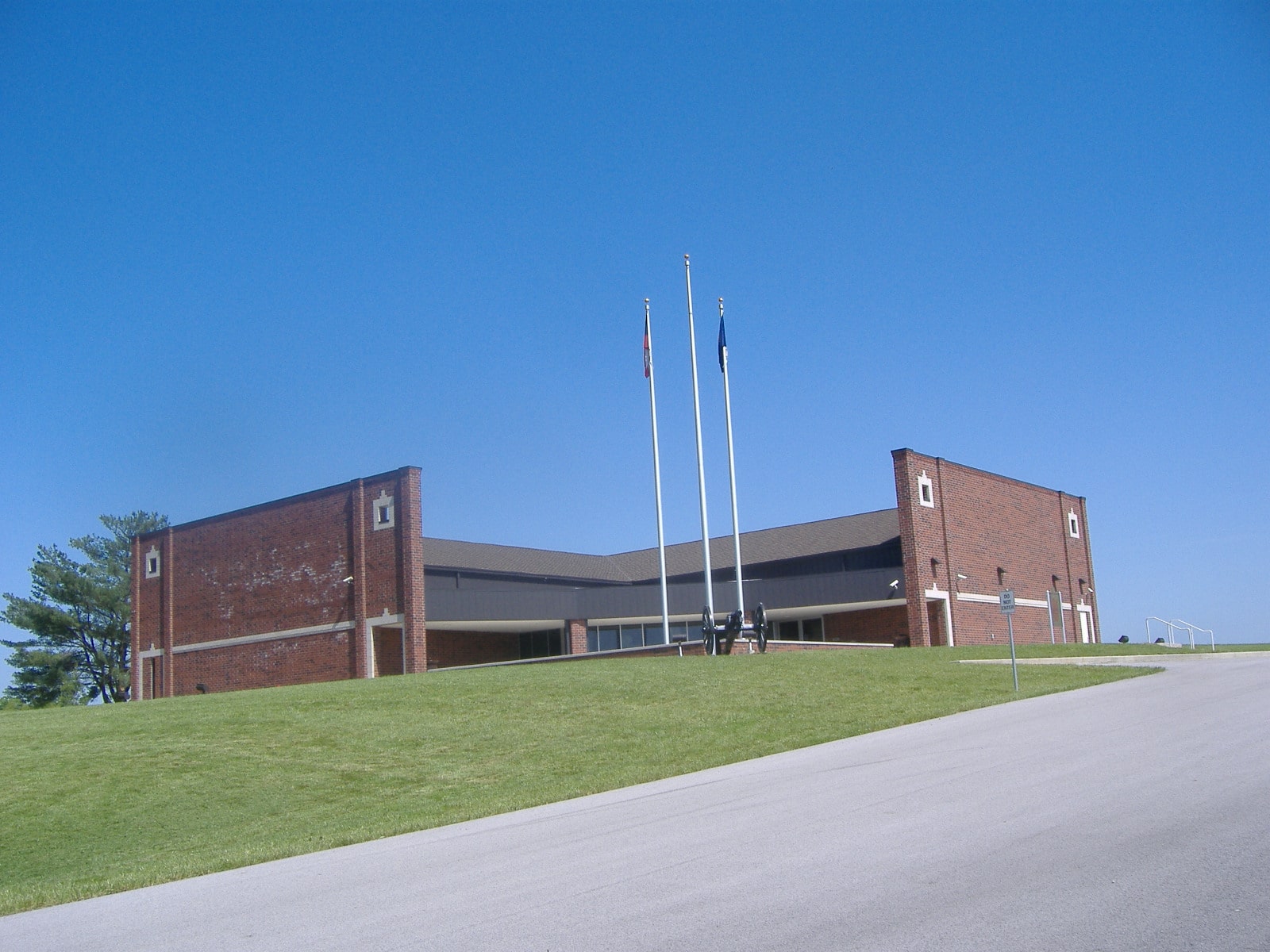
There’s a wonderful Mill Springs Visitor Center which features a 20-minute film about the Battle of Mill Springs. Visitors will find a museum with many fascinating exhibits which provide a greater understanding of the battle’s combatants and its impact on the war.
Regarding the battlefield itself, much of the battlefield can be seen from public roadways. The Mill Springs Battlefield Association developed a 10-stop Driving Tour, which begins at the Visitor Center.
All stops along the tour are marked with large signs. There are also informative signs to help you understand a site’s significance. Parking is limited at certain stops.
Zollicoffer Park

If you’re looking to stretch your legs then I recommend Zollicoffer Park. The park is named for the Confederate general who died there.
There’s a half mile Ravine Trail which takes hikers down into a ravine, crossing the battle-lines of the two sides. Signs along the way explain key battle events.
Brown-Lanier House
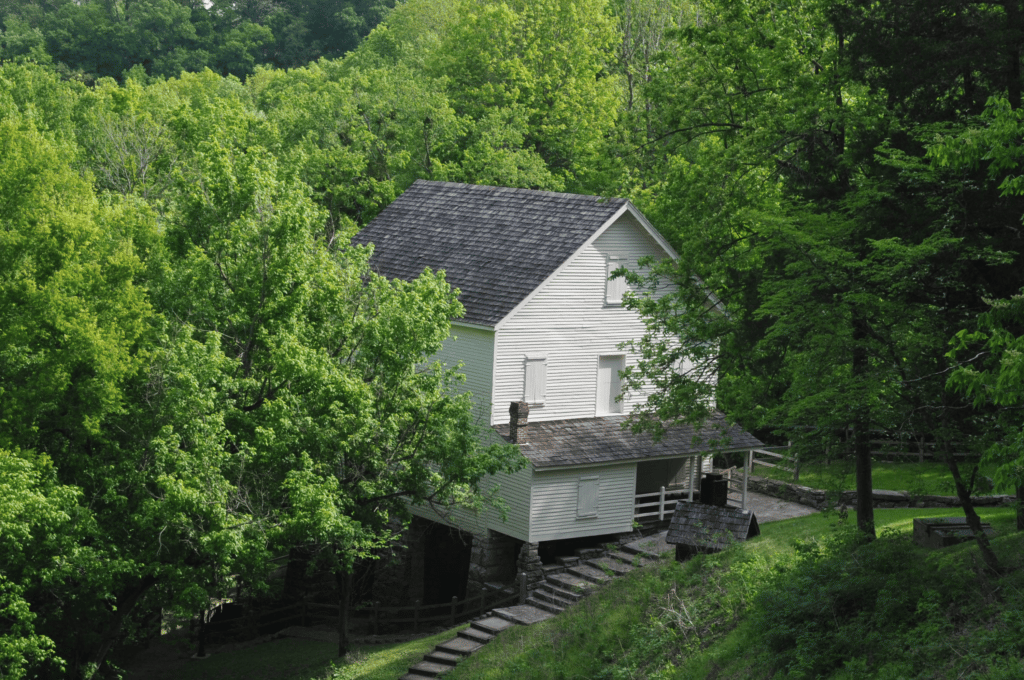
You may also want to tour the Brown-Lanier House. It’s an antebellum home built before the Civil War. The home housed the families that operated the nearby grist mill.
During the battle, the historic farmhouse became headquarters for generals on both sides of the fighting.
You can also see the nearby grist mill which is currently operated by the U.S. Army Corps of Engineers. It is located on the shores of Lake Cumberland and fed by springs.
The mill has been completely restored with a working water wheel.
3. Camp Nelson National Monument
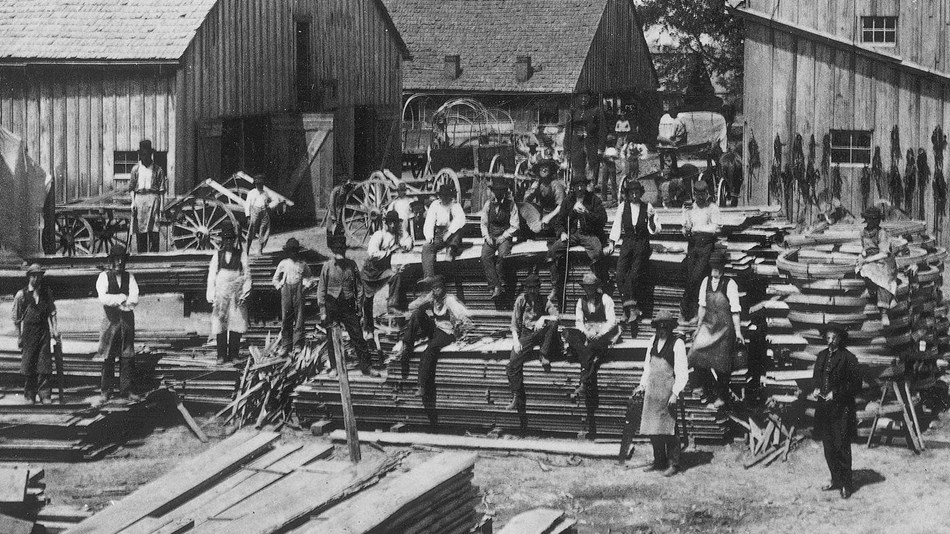
The South is filled with some of the most amazing Civil War sites in America. At #3 on our list of the Best Historic Sites In Kentucky is a national monument located in central Kentucky that preserves the history and legacy of one of the most important Civil War-era sites in the state. It’s Camp Nelson National Monument.
The site was originally established as a supply depot and training center for Union soldiers during the Civil War. It played a key role in the recruitment and training of African American soldiers.
The monument features a number of historical buildings and structures, including the Camp Nelson Quartermaster Depot, which served as a supply center for Union troops, and the Camp Nelson Hospital, which treated sick and wounded soldiers.
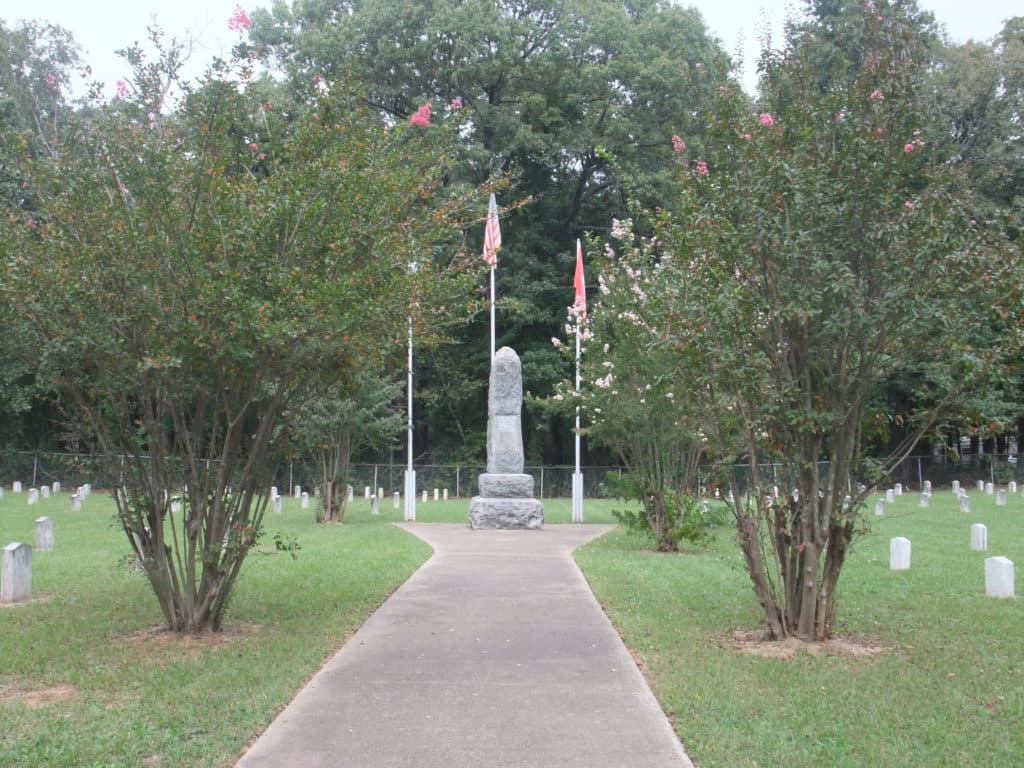
Visitors can also see the remains of the Camp Nelson Earthworks, which were built to defend the depot from Confederate attacks.
The monument also features a number of interpretive exhibits and educational programs that tell the story of the Civil War and the role of Camp Nelson in that conflict.
The monument is a popular destination for history buffs, Civil War enthusiasts, and those interested in the history of African American soldiers in the Civil War.
2. Fort Donelson National Battlefield
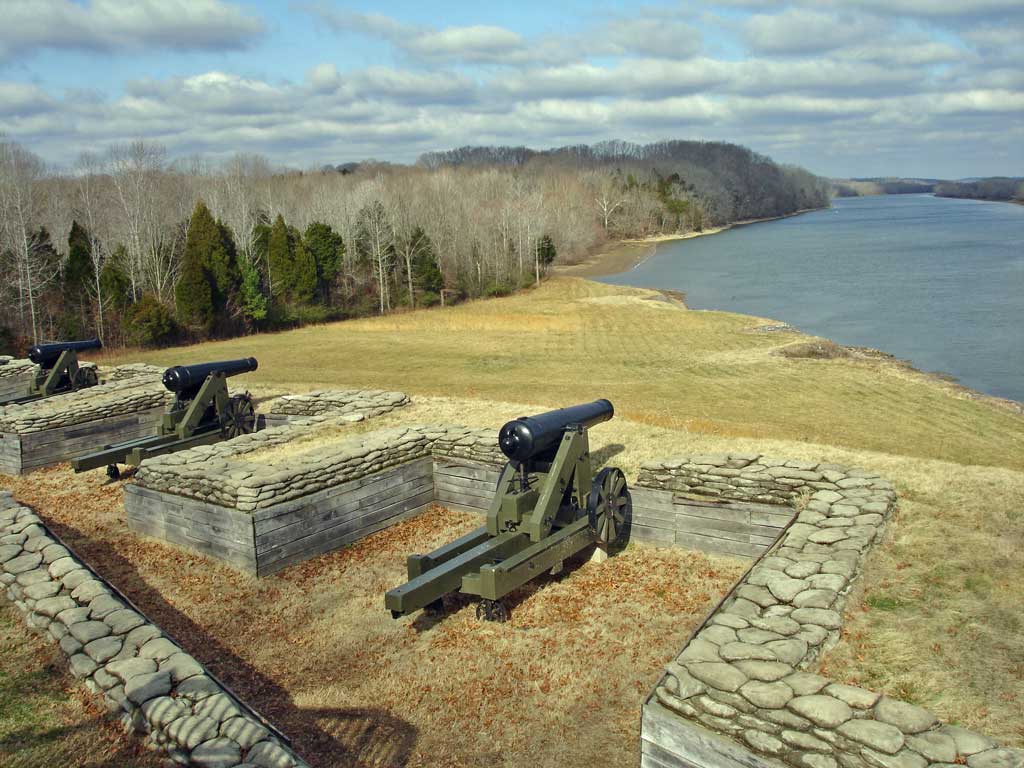
We’re down to the final two sites. In the runner-up position at #2 is a site which helped to launch the career of the man who defeated the Confederacy. His name was Ulysses S. Grant and his first major victory was at a place called Fort Donelson.
Fort Donelson National Battlefield is a historic site located in Dover, Tennessee, that was the site of a major battle during the American Civil War. The Battle of Fort Donelson took place from February 11-16, 1862, and was a decisive Union victory that helped turn the tide of the war in favor of the North.
The fort was constructed by the Confederate Army in 1861 and was strategically located on the Cumberland River, which was a vital transportation route for the Confederacy.
In February 1862, Union forces under the command of General Ulysses S. Grant launched a surprise attack on the fort, leading to a fierce battle that lasted for several days.
Despite being outnumbered and outgunned, the Union forces were able to capture the fort and thousands of Confederate soldiers, including General Simon Buckner, who famously surrendered to Grant with the now-famous phrase, “No terms except unconditional and immediate surrender can be accepted.”
It Was A Turning Point In The War
The victory at Fort Donelson was a major turning point in the war, as it opened up the western theater to Union forces and gave them control of important transportation routes and waterways.
The victory also helped elevate Grant to a position of national prominence and set the stage for his eventual promotion to commanding general of all Union armies.
After the war, the site of Fort Donelson became a national park and was later designated as a national battlefield in 1928.
Today, Fort Donelson National Battlefield is a popular destination for history buffs and Civil War enthusiasts, offering a range of exhibits and educational programs that explore the history and significance of the battle and its impact on the course of the war.

Things To Do At Fort Donelson
Some things to do at Fort Donelson National Battlefield include:
- Visiting the Fort Donelson National Battlefield Visitor Center to learn about the history of the fort and the Battle of Fort Donelson.
- Taking a tour of the fort and its various earthworks and fortifications.
- Exploring the battlefield on foot or by car to see the sites of the key battles that took place there.
- Visiting the Confederate Memorial Hall Museum, which houses exhibits on the Civil War and the Battle of Fort Donelson.
- Hiking or picnicking on the many trails and grounds located on the battlefield.
- Visiting the grave sites of Union and Confederate soldiers who died during the battle.
- Attending ranger-led tours, talks, and programs offered by park staff.
- Fishing in the nearby Cumberland River.
- Visiting the nearby Dover Hotel, where Confederate General Simon Bolivar Buckner surrendered to Union General Ulysses S. Grant during the battle.
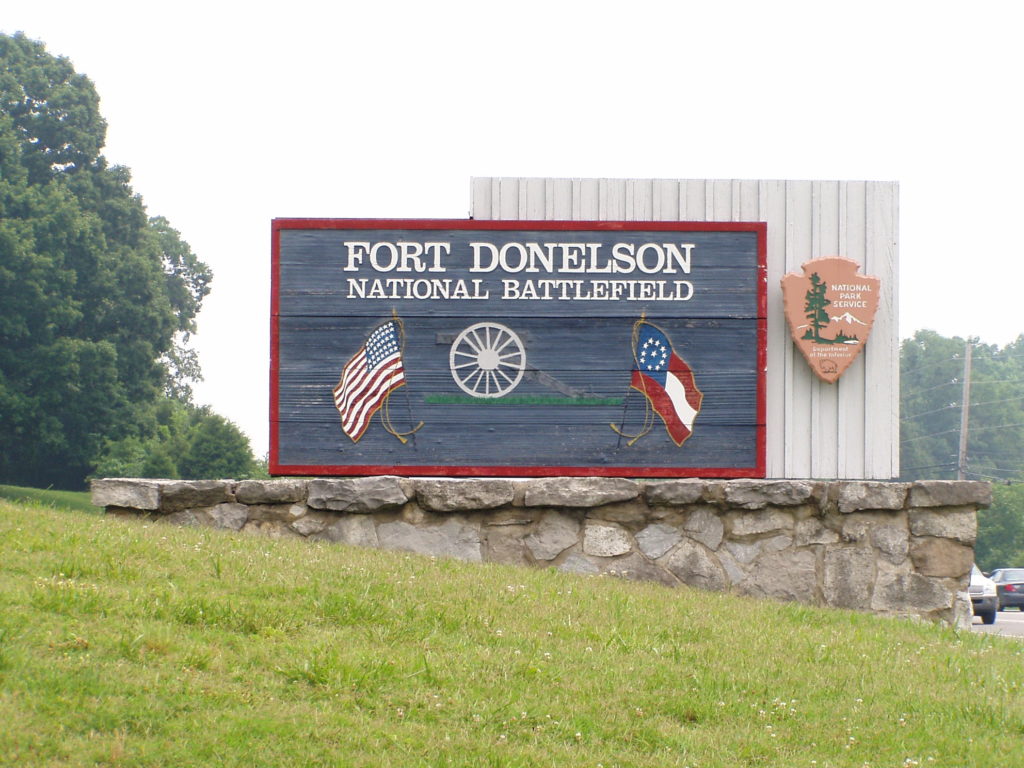
CHECK OUT: 10 BEST Civil War Sites In America
1. Abraham Lincoln Birthplace National Historical Park

As the #1 Historic Site In Kentucky, More Than Just Parks has chosen a place which honors the man who saved the Union and whom many historians consider to be the greatest President of the United States. Welcome to the Abraham Lincoln Birthplace National Historical Park.
Abraham Lincoln was the 16th President of the United States, serving from March 1861 until his assassination in April 1865. He is widely considered one of America’s greatest heroes due to his role as leader in the American Civil War and his work to end slavery.
During his presidency, Lincoln successfully navigated the country through its greatest internal crisis, the American Civil War, preserving the Union, ending slavery, strengthening the federal government, and modernizing the economy.
He issued his Emancipation Proclamation in 1863, which declared slaves in Confederate-held territory to be free. He also pushed for the passage of the Thirteenth Amendment to the United States Constitution, which abolished slavery.
Lincoln is also known for his speeches, particularly the Gettysburg Address, one of the most famous speeches in American history. He delivered this speech during the American Civil War, on November 19, 1863, during the dedication of the Soldiers’ National Cemetery in Gettysburg, Pennsylvania.
In addition, Lincoln was known for his leadership qualities and his ability to inspire and unify the country during the Civil War. He was a skilled orator and writer and is often quoted for his wisdom and eloquence.
Lincoln was assassinated on April 15, 1865, by John Wilkes Booth, a Confederate sympathizer. His death was a turning point in American history and his legacy continues to be celebrated and honored.
Visit Lincoln’s Birthplace

The Abraham Lincoln Birthplace National Historical Park preserves the site of the birthplace of Abraham Lincoln, the 16th President of the United States. The park is located in the small farming community of Hodgenville, and it includes two main components: the Lincoln Birthplace and the Lincoln Boyhood Home at Knob Creek.
The Lincoln Birthplace is the centerpiece of the park and it is a replica of the one-room log cabin where Lincoln was born in 1809. The cabin was reconstructed in the 1930s, based on historical research, and visitors can tour the cabin and learn about Lincoln’s early life. There is also a visitor center that provides more information about Lincoln’s life and legacy.
The Lincoln Boyhood Home at Knob Creek is located about 9 miles away from the birthplace, it is where Lincoln lived from the age of 2 to 7. The site includes a memorial building, a replica of the Lincoln family cabin, a walking trail, and a Memorial Peace Garden.
The park also features a hiking trail that leads visitors through the surrounding countryside, which is similar to the landscape that Lincoln would have known as a child.
The park also offers ranger-led tours, talks, and special programs throughout the year, which provide visitors with an opportunity to learn more about the history and significance of the site.
Overall the Abraham Lincoln Birthplace National Historical Park serves as a place for visitors to learn about the early life of Abraham Lincoln and reflect on his legacy. It also offers an opportunity to explore the rural landscape where Lincoln grew up and to appreciate the natural beauty of the area.
List Of Historic Sites In Kentucky
- Abraham Lincoln Birthplace National Historical Park
- Fort Donelson National Battlefield
- Camp Nelson National Monument
- Mill Springs Battlefield National Monument
- Belle Of Louisville
- Dr. Ephraim McDowell House in Danville
- Ashland, Henry Clay’s Home
- Old State House in Frankfort
- Jefferson Davis Monument
- Churchill Downs
Why Trust Us About Historic Sites In Kentucky?
We’re Jim Pattiz and Will Pattiz, collectively known as the Pattiz Brothers and we absolutely LOVE the national parks.
You should probably know that we don’t just make this stuff up out of thin air. We’ve spent our entire adult lives exploring and filming America’s national parks and public lands.
We’ve worked with the National Park Service, the Department of Interior, USDA, U.S. Forest Service, and more for years creating films on important places and issues. Our work has been featured in leading publications all over the world and even some people outside of our immediate family call us experts on the national parks.
And, in 2018, our father – having spent a lifetime teaching history – joined us so that he could help us to tell the stories behind these amazing places.
Meet The Parks Brothers
We Hope You’ll Follow Our Journey

Our goal here at More Than Just Parks is to share the beauty of America’s national parks and public lands through stunning short films in an effort to get Americans and the world to see the true value in land conservation.
We hope you’ll follow our journey through the parks and help us to keep them the incredible places that they are. If you’re interested joining the adventure, sign up below!
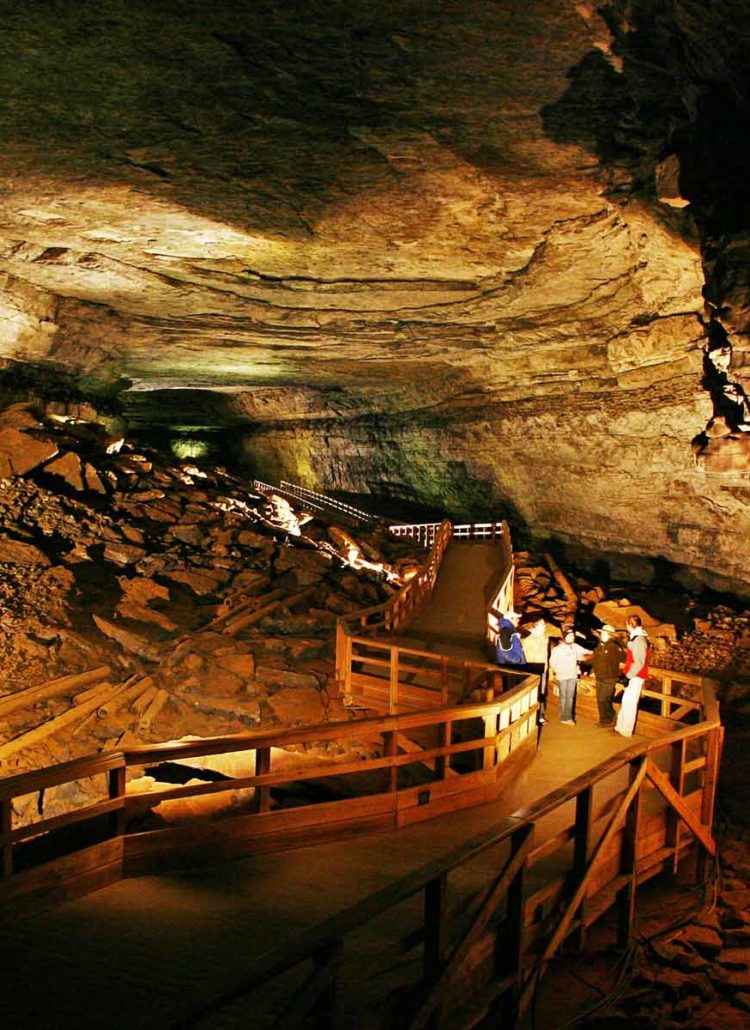
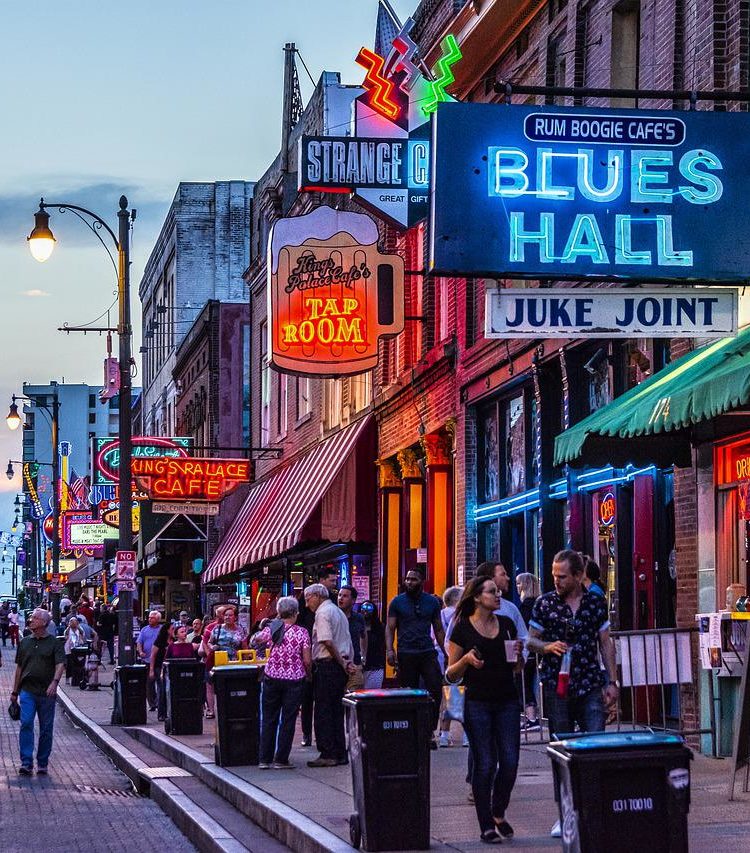
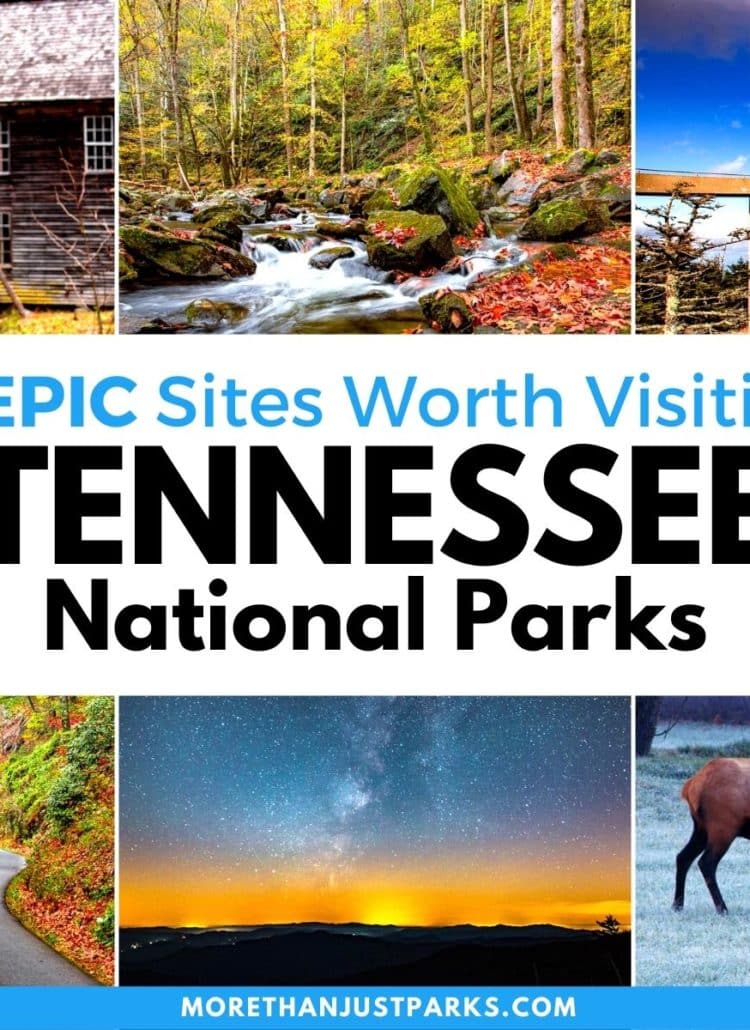


Leave a Reply